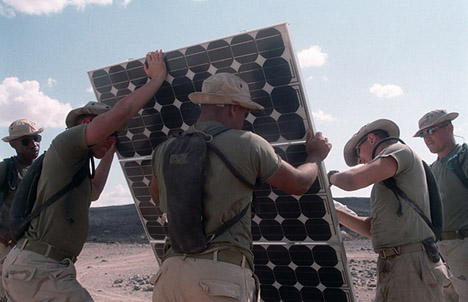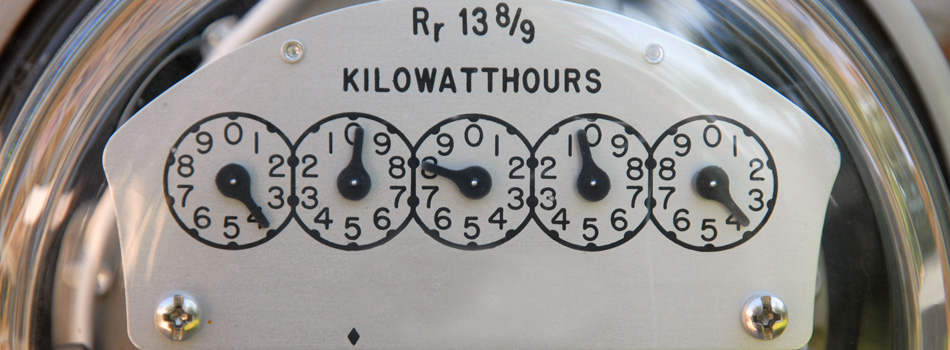Charging a plug-in vehicle is a lot like a middle school science project – except most middle school science projects don’t leave you stranded in a parking lot hundreds of miles from home.
 That’s the implicit message permeating the public duel between Tesla Motors CEO and founder Elon Musk and New York Times writer John Broder. The former objects to the latter’s review of Tesla’s swanky Model S electric sedan. Broder’s travelogue legitimizes a central fear about plug-in vehicles: that they’re unreliable if they stray too far from a high-speed charging station. (Which, incidentally, aren’t all that speedy at 30 minutes for a 150-mile charge.)
That’s the implicit message permeating the public duel between Tesla Motors CEO and founder Elon Musk and New York Times writer John Broder. The former objects to the latter’s review of Tesla’s swanky Model S electric sedan. Broder’s travelogue legitimizes a central fear about plug-in vehicles: that they’re unreliable if they stray too far from a high-speed charging station. (Which, incidentally, aren’t all that speedy at 30 minutes for a 150-mile charge.)
Broder wrote that he did everything short of pumping magic beans into the Model S to keep it rolling. He drove at low speeds without the heat on for miles to get from one charging station to another. He stayed in almost constant touch with Tesla customer service. He took long breaks while the Model S slowly sipped from electric outlets.
Even with those accommodations, Broder claimed that the Model S ran out of juice and shut itself down in Milford, Conn., about two thirds of the distance from his starting point of Washington DC to his destination of Boston.
Tesla struck back – persuasively. Musk cited the car’s on-board activity log and Broder’s own communications with Tesla customer service to charge that Broder deliberately ran the Model S down for dramatic effect. Oh yeah, and he didn’t putter along at 50 miles per hour with the heat off in February, as he claimed. He drove at highway speeds with the heat on.
No matter whom you believe in this beef, the underlying issue is bogus. Electric cars are not going to fail for lack of places to plug them in any more than gasoline-powered cars failed for lack of gas stations at the end of the horse-and-buggy era.
When gasoline engines hit the scene, the technology was good enough to spur growth of an infrastructure around it. The same thing is happening with plug-ins. Nissan and Tesla Motors are rolling out coast-to-coast networks of high-speed charging stations for their electric vehicles. There are already gujillions of charging devices on the market. The Baltic nation of Estonia has made it a national priority to establish a network of charging stations and they’re off to a good start.
I know, Estonia doesn’t compare to the U.S. in size or population. Yet it has 1.25 million people and 17,000 square miles to cover, so it’s not a throwaway comparison either.
No, the issue with plug-in cars isn’t where to plug them in. The issue is also not that they plug into a grid powered largely by dirty-burning coal, which is the other popular red herring around plug-ins. The grid is getting more environmentally friendly and will grow steadily more so as more renewable energy sources come online.
The issue with plug-in cars is that they’re too expensive for large-scale consumer adoption. A Tesla Model S costs $54,000. A similarly tricked-out Mercedes Benz E-class sedan goes for $51,000. A Chevy Volt is $39,000, compared to $21,000 for a Chevy Mailbu. A basic Nissan Leaf costs $21,300 – and the Leaf is the econobox of the electric car set. A comparable conventionally powered car costs about $14,500.
These price points make plug-in vehicles irrelevant to most consumers. Even if they care for the environment, they can’t pay for a car with good intentions. So treat spitting contests like Broder versus Musk for what they are: entertainment. But when someone talks about making a plug-in that the average consumer can afford, you might want to pay attention. That’s the real obstacle for plug-ins.






